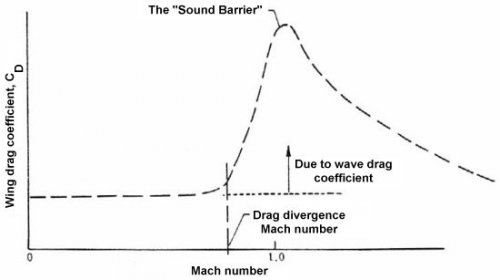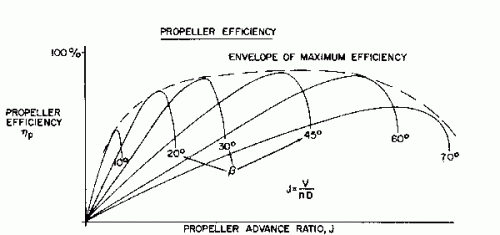Kryptid
ACCESS: Secret
- Joined
- 12 March 2009
- Messages
- 282
- Reaction score
- 52
For a long time now, I've been trying to think of how a supersonic propeller-driven aircraft might be designed. If such an aircraft is unfeasible, then let's say I am speaking of a design that can come as close to the sound barrier in level flight as possible. There are some concerns about it that I'd like some input on:
(1) One way to maximize thrust while minimizing drag might be accomplished by using a "push-pull" propeller configuration akin to that used on Do 335 Pfeil. However, I've been wondering about the consequences of having a tractor propeller on an aircraft that is breaking the sound barrier. Would the shocks thrown off by the forward prop cause problems by impinging on the fuselage and/or wings of the aircraft? Could this problem be solved or would I be better off going with a pusher-only configuration?
(2) I currently intend on using one or two turboprop engines, but I have been wondering about the validity of electric motors. Can the power density of an electric motor match that of a turboprop? The reason I have considered an electric motor is because such an engine wouldn't have its power output affected by the thin air at higher altitudes. I know that batteries are nowhere near as energy dense as petroleum-based fuels, but range is not an important factor in the design.
(1) One way to maximize thrust while minimizing drag might be accomplished by using a "push-pull" propeller configuration akin to that used on Do 335 Pfeil. However, I've been wondering about the consequences of having a tractor propeller on an aircraft that is breaking the sound barrier. Would the shocks thrown off by the forward prop cause problems by impinging on the fuselage and/or wings of the aircraft? Could this problem be solved or would I be better off going with a pusher-only configuration?
(2) I currently intend on using one or two turboprop engines, but I have been wondering about the validity of electric motors. Can the power density of an electric motor match that of a turboprop? The reason I have considered an electric motor is because such an engine wouldn't have its power output affected by the thin air at higher altitudes. I know that batteries are nowhere near as energy dense as petroleum-based fuels, but range is not an important factor in the design.


